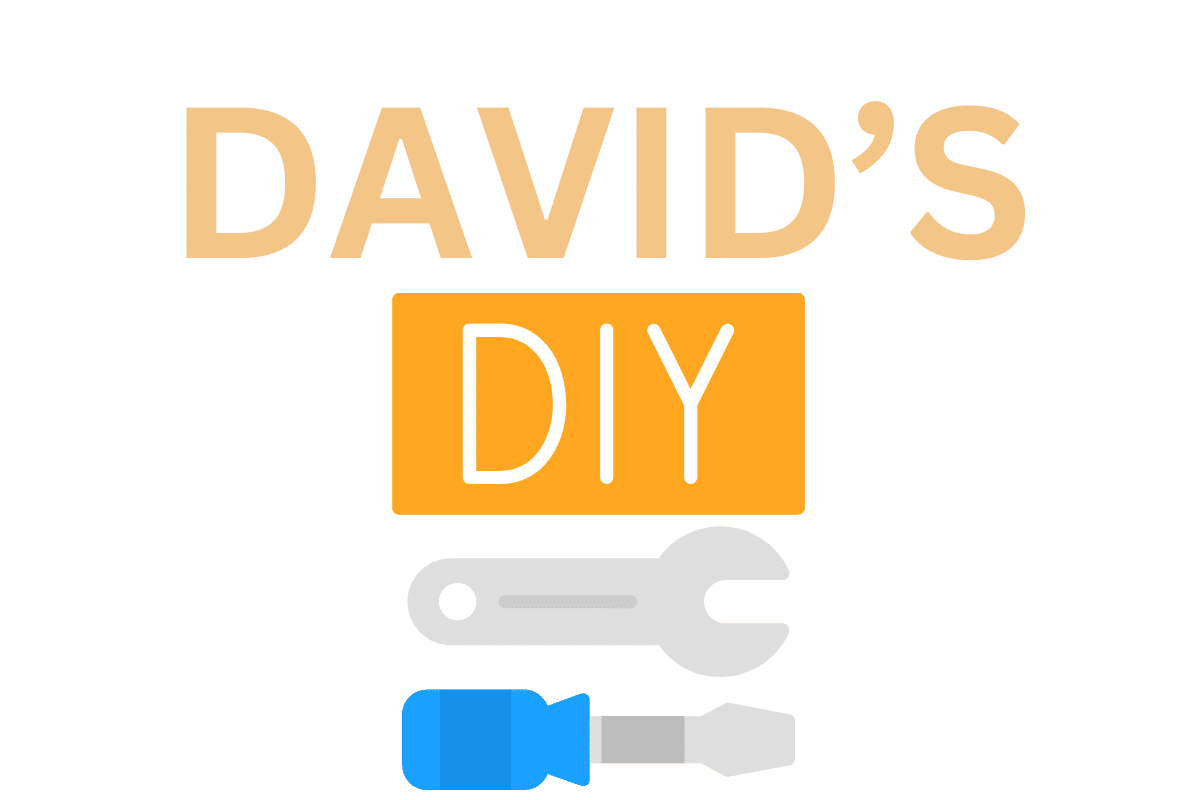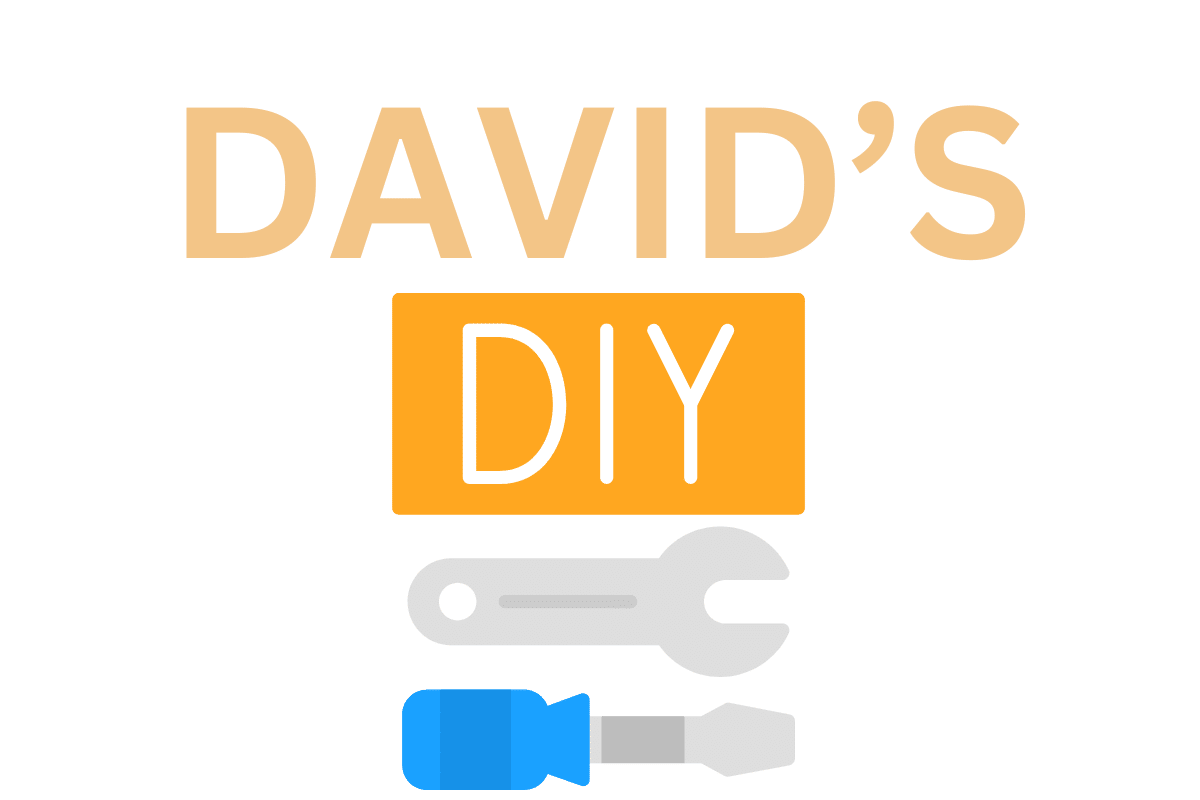Installing hardwood floors may seem like a daunting task, but with the right guidance and tools, it can be a rewarding project. From preparing the subfloor to finishing and sealing the floors, each step is crucial in achieving a professional-looking result. However, one misstep could lead to costly mistakes and a less-than-perfect finish. Stay tuned to uncover the secrets of a successful hardwood floor installation and transform your space into a luxurious haven.
Tools and Materials Needed
To successfully install your own hardwood floors, the essential tools and materials needed include a flooring nailer, a tape measure, and high-quality hardwood planks. Ensuring proper tool organization is crucial for a seamless installation process. Having a designated area for your tools will save time and prevent frustration during the project. Invest in a toolbox or tool belt to keep your equipment organized and easily accessible. As for material costs, high-quality hardwood planks can be a significant expense. However, the durability and aesthetic appeal they offer make them a worthwhile investment. It’s essential to budget for not only the hardwood planks but also any additional materials like underlayment, adhesive, and finishing products. By carefully planning and organizing your tools while being mindful of material costs, you set yourself up for a successful hardwood floor installation project.
Preparing the Subfloor
Before installing hardwood floors, it is crucial to inspect the subfloor for any damage or irregularities. This ensures a smooth and stable foundation for the new flooring. Additionally, removing any old flooring materials is necessary to prevent uneven surfaces that can affect the installation process.
Subfloor Inspection Tips
Upon entering the room, inspect the subfloor for any signs of damage or unevenness before proceeding with the installation of hardwood floors. Here are three crucial things to look out for:
- Subfloor Leveling Techniques: Check for dips or bumps in the subfloor. Use a straight edge to identify any uneven areas that may need to be leveled before laying the hardwood floors.
- Moisture Barrier Installation: Ensure there is no moisture present on the subfloor. Installing a moisture barrier is essential to prevent any water damage that could affect the hardwood flooring in the future.
- Subfloor Repair and Plywood Thickness Suggestions: Look for any damaged areas that require repair before installing the new flooring. Depending on the condition of the subfloor, consider adding an extra layer of plywood for stability and smoothness.
Removing Old Flooring
Inspecting the subfloor thoroughly for any remnants of old flooring is crucial in preparing it for the installation of new hardwood floors. When it comes to removing old flooring, there are various techniques you can use depending on the type of material. For example, carpet may require different methods than tile or laminate. Ensure you choose the appropriate technique to avoid damaging the subfloor. Once the old flooring is removed, you need to consider disposal options. Some old flooring materials can be recycled, while others may need to be disposed of in a specific way. Contact your local waste management facility to inquire about the disposal options available in your area.
Flooring Removal Techniques and Disposal Options:
| Flooring Material | Removal Technique | Disposal Options |
|---|---|---|
| Carpet | Pulling and Cutting | Recycling or Landfill |
| Tile | Breaking and Scraping | Recycling or Landfill |
| Laminate | Disassembling Planks | Recycling or Landfill |
Acclimating the Hardwood Flooring
To ensure proper installation, it is crucial to give the hardwood flooring sufficient time to acclimate to the room’s environment. This acclimating process is essential to prevent issues like warping or buckling later on. Here are three key steps to acclimate your hardwood flooring effectively:
- Unbox the Flooring: Remove the hardwood flooring from its packaging and lay the planks in the room where they will be installed. Make sure to leave them in the boxes open for air circulation.
- Moisture Content Testing: Use a moisture meter to test the moisture content of both the hardwood flooring and the room. The ideal moisture levels should be within a specific range to avoid future problems.
- Allow Sufficient Time: Let the hardwood flooring acclimate for at least 3-5 days, or follow the manufacturer’s recommendations. This time allows the wood to adjust to the room’s temperature and humidity, ensuring a stable installation.
Installing the Underlayment
I will guide you through the purpose of underlayment, tips for selecting the right material, and techniques for a successful installation. Let’s explore why underlayment is crucial for hardwood floors, how to choose the best type for your project, and the step-by-step process to lay it down effectively. By understanding these key points, you’ll be well-equipped to tackle the underlayment installation with confidence and precision.
Underlayment Purpose
When installing the underlayment for your hardwood floors, ensure it is smooth and free of any debris or imperfections. Underlayment serves crucial purposes in hardwood floor installations, such as:
- Moisture Barrier: Underlayment acts as a barrier against moisture, preventing damage to your hardwood floors.
- Sound Reduction: It helps reduce sound transmission, making your living space quieter and more peaceful.
- Subfloor Protection: The underlayment protects the subfloor from minor imperfections and provides a smooth surface for the hardwood installation.
To avoid common underlayment installation mistakes, make sure to properly overlap seams, use the recommended adhesive, and avoid leaving gaps or wrinkles. Following these tips will ensure a successful hardwood floor installation.
Material Selection Tips
For optimal performance and longevity of your hardwood floors, selecting the right materials for the underlayment is crucial. When considering wood species selection, it’s essential to choose a material that complements your hardwood flooring. Oak and maple are popular choices due to their durability and compatibility with most hardwood types. If you’re looking for budget-friendly options, plywood and particleboard are cost-effective alternatives that still provide adequate support. Remember, the underlayment serves as a foundation for your hardwood floors, so investing in quality materials will pay off in the long run. Prioritize selecting materials that align with your flooring type and budget to ensure a successful installation process.
Installation Techniques
To ensure a sturdy foundation for your hardwood floors, begin the installation process by laying down the underlayment. When installing the underlayment, follow these essential steps:
- Flooring layout: Before laying the underlayment, carefully plan the layout of your hardwood floors to ensure a cohesive and visually appealing result. Consider the direction of the planks and how they will flow through each room.
- Proper underlayment installation: Make sure the underlayment is installed smoothly and without any wrinkles or gaps. This will provide a level surface for your hardwood flooring and prevent any unevenness.
- Avoid installation mistakes: Be cautious of common installation mistakes such as not properly acclimating the hardwood, failing to leave expansion gaps, or using incorrect tools. These mistakes can lead to issues down the line, so attention to detail is crucial.
Laying the Hardwood Flooring
Consider utilizing a staggered pattern when laying the hardwood flooring to create a visually appealing and structurally sound final result. This pattern involves staggering the end joints of the boards in adjacent rows to prevent long continuous seams, which adds strength to the floor and enhances its aesthetic appeal. When laying hardwood flooring, it’s crucial to protect the subfloor by using appropriate floor protection materials like underlayment to prevent moisture damage and reduce noise transmission. Additionally, remember to leave expansion gaps around the perimeter of the room to allow the wood to naturally expand and contract with changes in humidity and temperature, thus preventing buckling or warping.
Cutting and Fitting the Boards
When cutting and fitting hardwood boards, precision is key to achieving a seamless and professional-looking installation. Here are three essential steps to ensure a precise fit:
- Board Alignment: Before cutting the boards, ensure they are aligned properly to maintain a consistent and uniform appearance across the room. Use spacers to create expansion gaps along the walls and between boards to allow for natural wood movement.
- Cutting Techniques: Utilize a quality circular saw or miter saw to make accurate cuts on the hardwood boards. Measure twice and cut once to avoid mistakes. Remember to wear appropriate safety gear such as goggles and ear protection.
- Fitting Method: Test the cut boards for accuracy before permanently installing them. Make any necessary adjustments to ensure a tight fit. Pay close attention to corners and irregular shapes to maintain a professional finish throughout the room.
Following these steps will help you achieve a precise and visually appealing hardwood floor installation.
Finishing and Sealing the Floors
After ensuring the boards are cut and fitted with precision, the next crucial step is applying the appropriate finish and sealant to protect and enhance the hardwood floors. Staining techniques play a vital role in achieving the desired color and tone for your floors. When applying the stain, ensure even coverage using a brush or cloth, following the wood grain for a professional finish.
Once the stain has dried, it’s time to seal the floors. Select a high-quality sealant that suits your lifestyle and maintenance preferences. Apply the sealant evenly using a brush or roller, working in manageable sections to avoid drying lines. Allow ample drying time as per the manufacturer’s instructions before walking on the floors.
After the sealant has dried, consider buffing the floors to achieve a smooth and polished look. Buffing helps to remove any imperfections and enhances the sheen of the floors. Remember, proper application and drying time are crucial for a durable and beautiful finish that will protect your hardwood floors for years to come.
Maintenance Tips and Conclusion
For effective maintenance and long-lasting beauty of your hardwood floors, regular care and attention are essential. Here are some tips to help you keep your hardwood floors in top condition:
- Establish Cleaning Routines: Implement a regular cleaning schedule to prevent dirt and debris from scratching the wood surface. Use a soft-bristled broom or a vacuum with a hardwood floor attachment to remove dust and dirt. Avoid using excessive water when mopping and opt for a hardwood floor cleaner recommended by the manufacturer.
- Invest in Floor Protection: Place mats at entryways to trap dirt and moisture from shoes. Use felt pads on furniture legs to prevent scratches and dents. Consider area rugs in high-traffic areas to reduce wear and tear on the wood.
- Consider Refinishing Options: Over time, hardwood floors may show signs of wear. Explore refinishing options to restore the shine and luster of your floors. Professional refinishing or DIY kits can help revitalize your hardwood floors and extend their lifespan.

